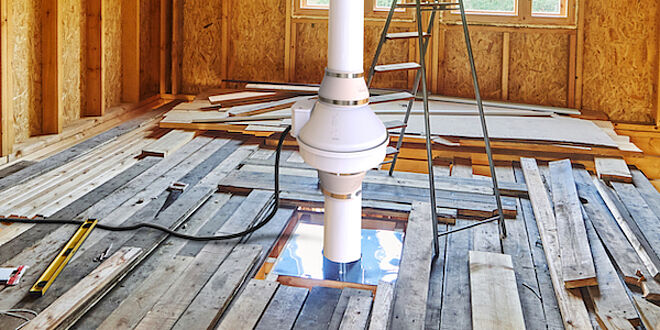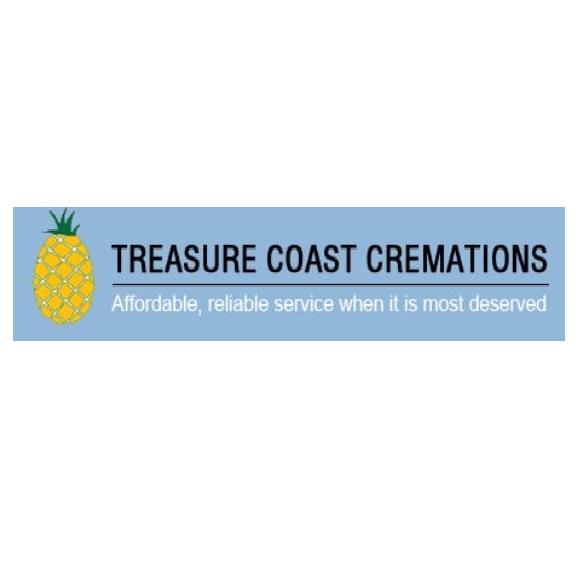Note :
Is there anything dangerous near your home? That is, besides the plastic fire engine sitting in the middle of the nighttime hallway. In addition to the girl's Razor scooter she left behind the car and which you failed to see when reversing. After spending $89, you will know how to spot potential dangers in and around your home. Having children means always being aware of potential dangers. There may be other, more serious dangers in your home as well. I'm referring to potential dangers posed by the environment that could reach your house. It's important to think about potential environmental dangers in your house or in a prospective property you're interested in purchasing.
From what I've learned while performing home inspections in Charlotte, North Carolina I've learned of a few environmental dangers that are rather widespread and of which you should be aware. Asbestos, carbon monoxide, lead, radon, carbon monoxide, and groundwater contamination are all examples of such risks. The purpose of this article is to catalogue the most prevalent environmental risks encountered during the real estate transaction and to discuss their warning signs, characteristics, causes, and potential resolutions.
Historically, the mineral asbestos was widely employed for this purpose due to its high resistance to fire and its ability to effectively trap heat. Prior to its ban in 1978, asbestos was commonly utilised in homes. In older homes, I frequently found asbestos in the joints of the heating ducts. Wrapping the joints of metal ducts in white tape is a common practise. Pipes, ducts, and HVAC/HW units often have asbestos insulation. Because of its fireproof qualities, it found widespread use in flooring tile, outside siding, and roofing. Asbestos fibres have been linked to a wide range of respiratory disorders, which we now know may be contracted through inhalation. The mere presence of asbestos may not pose a threat to health. Only when asbestos fibres become airborne by disruption or exposure are they dangerous. Renovations are rife with opportunities for this to occur. Frigidity is a major problem with asbestos. Aging causes simple disintegration into minute pieces and dust. Once in the air, these particles can harm people. Due to the need for state-licensed technicians and specifically sealed conditions, asbestos removal is quite expensive. Getting rid of something could be harmful in and of itself. Air quality inside the building could worsen if the removal process is not done correctly. All of the trash must be taken to an authorised dump. The price of removal rises much more as a result of this. Encapsulation is an alternative control mechanism that might be desirable in some situations. By encapsulating, asbestos that is in the process of decomposing is protected from further degradation. The Environmental Protection Agency (EPA) has more details on asbestos-related issues (telephone: 1-202-554-1404). Asbestos information is widely available from the EPA's many publications.
Older homes, especially those built before 1978, may have been painted with lead-based paint. You can find lead-based paint on both indoor and outdoor surfaces. Doors, windows, and other wooden structures are popular places to see this finish. Lead can be found in the paint, plumbing, and/or dust in about 75% of homes that were built before 1978. In other words, that's almost 57 million dwellings. Young children who are just learning to crawl risk ingesting lead dust from their hands. Lead from plumbing or solder can also leach into drinking water and be swallowed. Intense harm can be done to the central nervous system, kidneys, brain, and red blood cells by even slightly elevated blood lead levels. The severity of the damage is proportional to the duration of exposure and the age at which it occurred. As of right now, there is no federal statute that mandates lead-based paint testing for private residences. However, warnings about lead-based paint dangers are required. Potential purchasers and tenants are entitled to know if a home has any lead-based paint dangers thanks to regulations adopted in 1996 by the Environmental Protection Agency and the Department of Housing and Urban Development. All contracts for the purchase or lease of a residential property constructed prior to 1978 must include a lead based paint disclosure statement. Ten days should be allowed to purchasers or tenants for lead-based paint risk assessments or inspections. Before the ten days are up, the buyer is under no legal obligation to close on the property. Property brokers have a responsibility to monitor their clients' actions to ensure they are legal. The National Lead Information Center may be reached at 1-800-424-5323 and is a great resource for learning about lead hazards and obtaining free literature on the subject.
Radon is a radioactive gas that forms as uranium and other nuclei decay over time. It's common knowledge that certain places have far more than others. You can find radon removal toronto in every single state. Locations in the Northeast, Upper Midwest, and Plains States have the greatest numbers. Radon evaporates into the air and is harmless if it is exposed to the elements. Buildings pose a health risk when they trap high levels of radon indoors. A lack of air circulation in a basement is a common cause of this problem. In addition to having no discernible flavour, radon also has no discernible odour. There is no way to know without testing for it. Installing ventilation systems or exhaust fans is a simple way to lower radon levels. Radon gas accumulation may be facilitated by the current trend toward designing energy-efficient homes and buildings with almost sealed walls and windows. Once radon gas has gathered in a home, it can be dispersed through the HVAC system. There is conclusive evidence that radon exposure can lead to lung cancer. People who smoke and spend plenty of time indoors are at an increased risk. There is a leaflet called "A Citizen's Handbook to Radon" available from the Environmental Protection Agency. You can find it on the EPA website or in your regional office.
Carbon monoxide is another dangerous but odorless gas that cannot be seen or smelled. Carbon monoxide is produced whenever a device or heating system uses fossil fuels for energy. It can also be produced by a car's exhaust. An automobile left running in a Charlotte townhouse garage murdered four individuals a few years ago. Parking spaces were located underneath apartments. Someone drove into their garage but neglected to turn off the car's engine. To put it simply, it was fatal for four people. Because of this, carbon monoxide detectors are now required by law in Charlotte whenever gas is used for cooking or heating. There is no issue so long as adequate ventilation is provided for these appliances. Significant health risks are posed when substantial amounts of CO are discharged into the building due to inadequate ventilation or system failure. Since CO is so difficult to spot, its impact is heightened. Carbon monoxide is rapidly absorbed by the body, reducing the blood's ability to carry oxygen. This induces fainting and queasy stomachs. Every year, CO poisoning kills around 200 people. Installing a carbon monoxide detector may be required by law in some locations.
The contamination of groundwater is an issue in certain regions. Underground water is known as groundwater. The safety of drinking water from private wells and municipal water systems is jeopardized by even the smallest amount of contamination in the groundwater. In the event of water contamination, the purification processes of the soil may not be sufficient to ensure the continued supply of clean water. There are a number of potential pathways for groundwater contamination. Some of the most common causes are runoff from landfills, leaking underground storage tanks, and the use of pesticides and herbicides.
There are a number of potential dangers that homeowners (or prospective homeowners) should think about and inspect for. Radon, asbestos, lead-based paint, carbon monoxide, and tainted groundwater are just a few examples of the dangers that could potentially arise. The price of checking for these dangers is minimal. When weighed against the potential consequences of being unaware of a potential environmental risk, the investment is minimal.
 Agriculture & Food
Agriculture & Food
 Business Services
Business Services
 Electronics, IT and Telecoms
Electronics, IT and Telecoms
 Leisure & Tourism
Leisure & Tourism
 Minerals
Minerals
 Textiles, Clothing, Leather,
Textiles, Clothing, Leather,
 Transport & Logistics
Transport & Logistics









